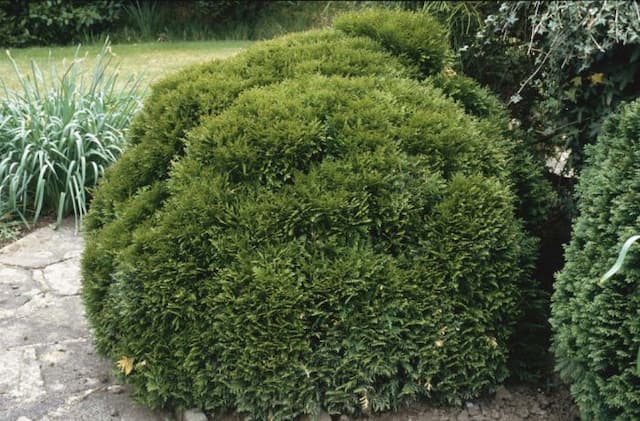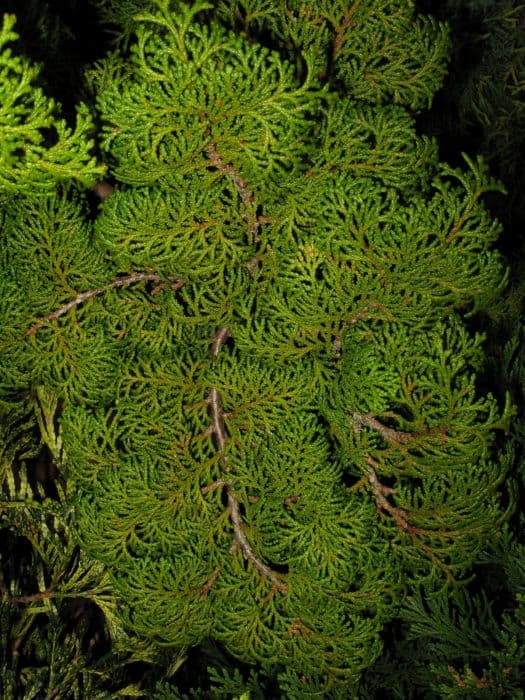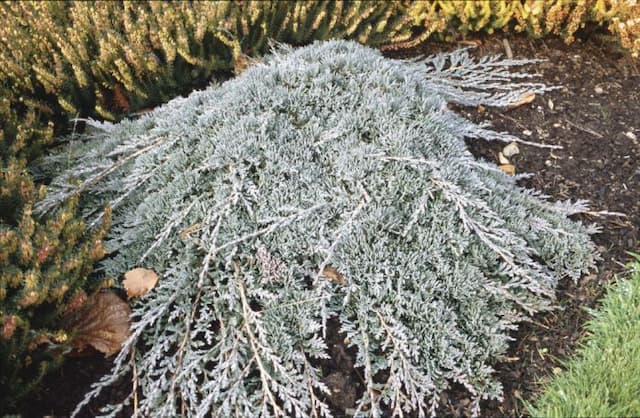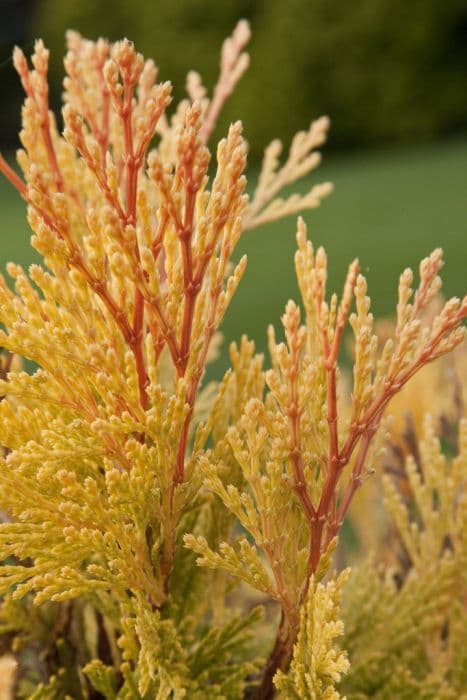Chinese Juniper Juniperus chinensis 'Pyramidalis'
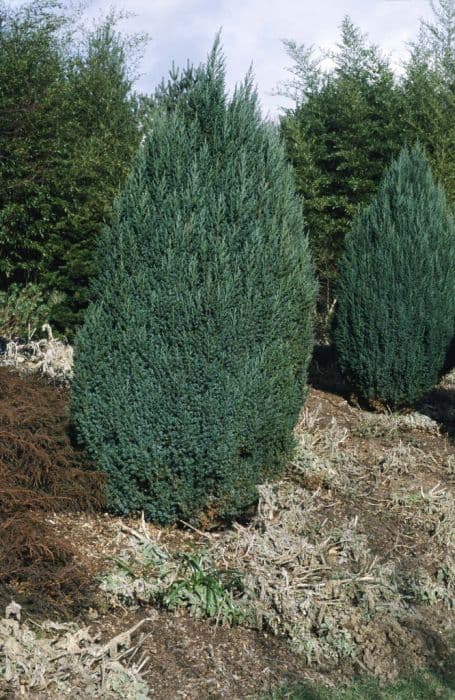
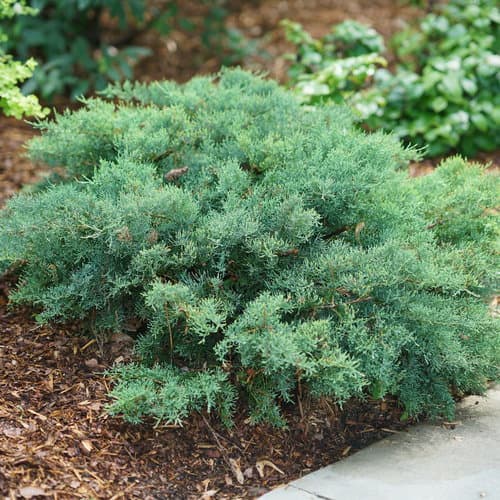
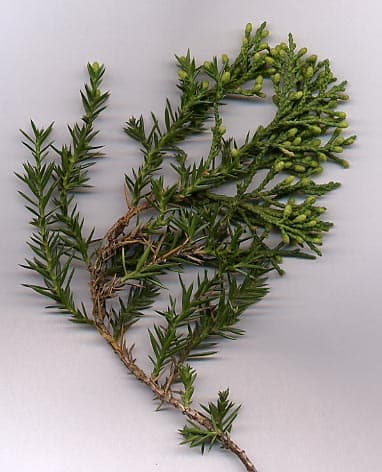
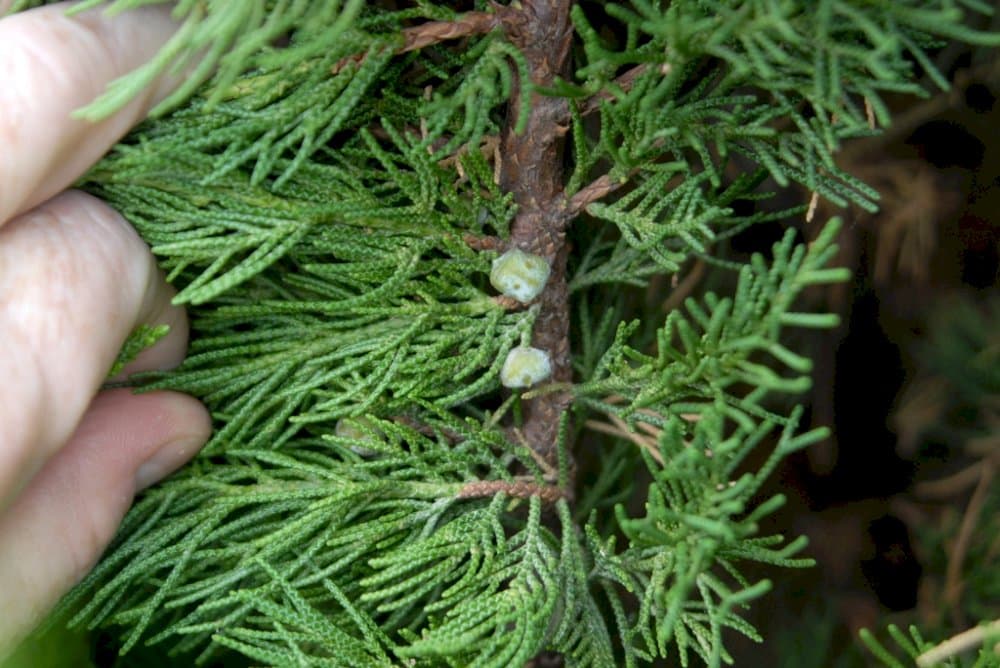
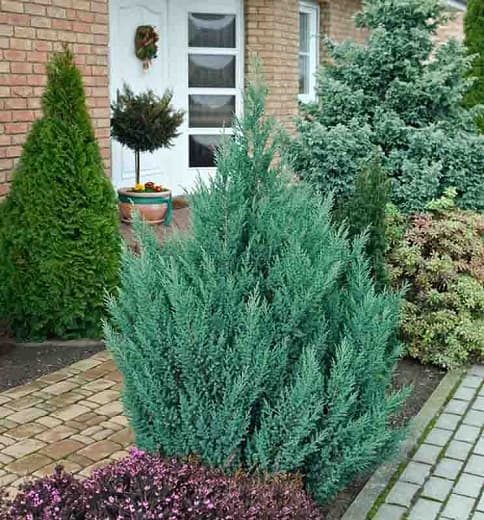
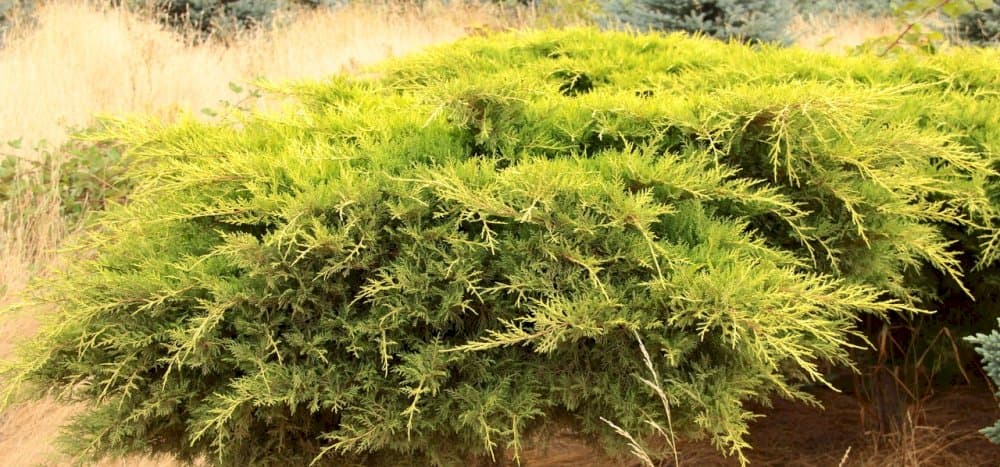
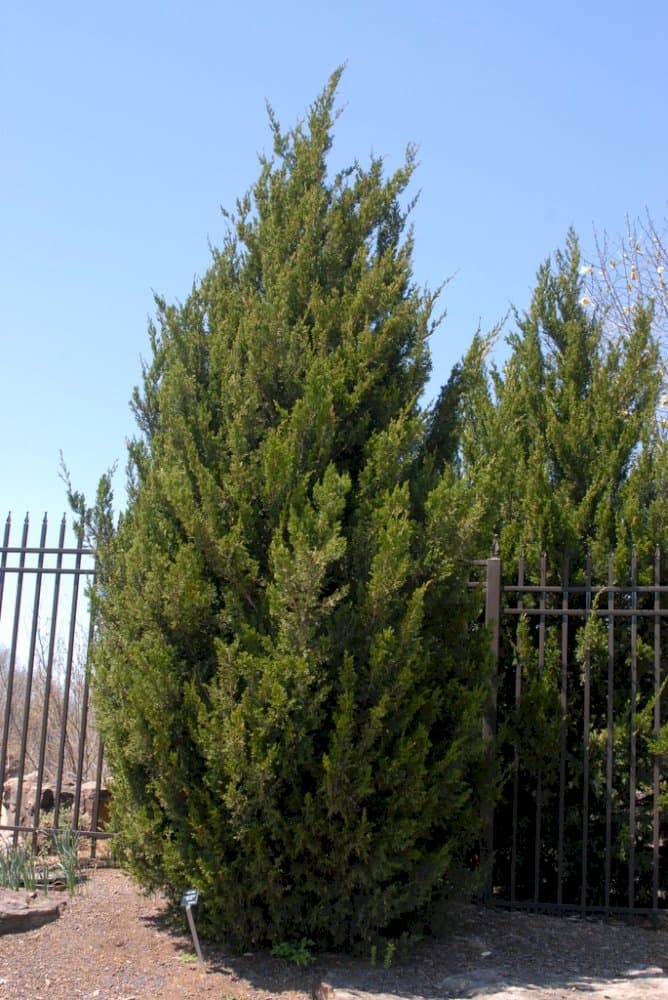
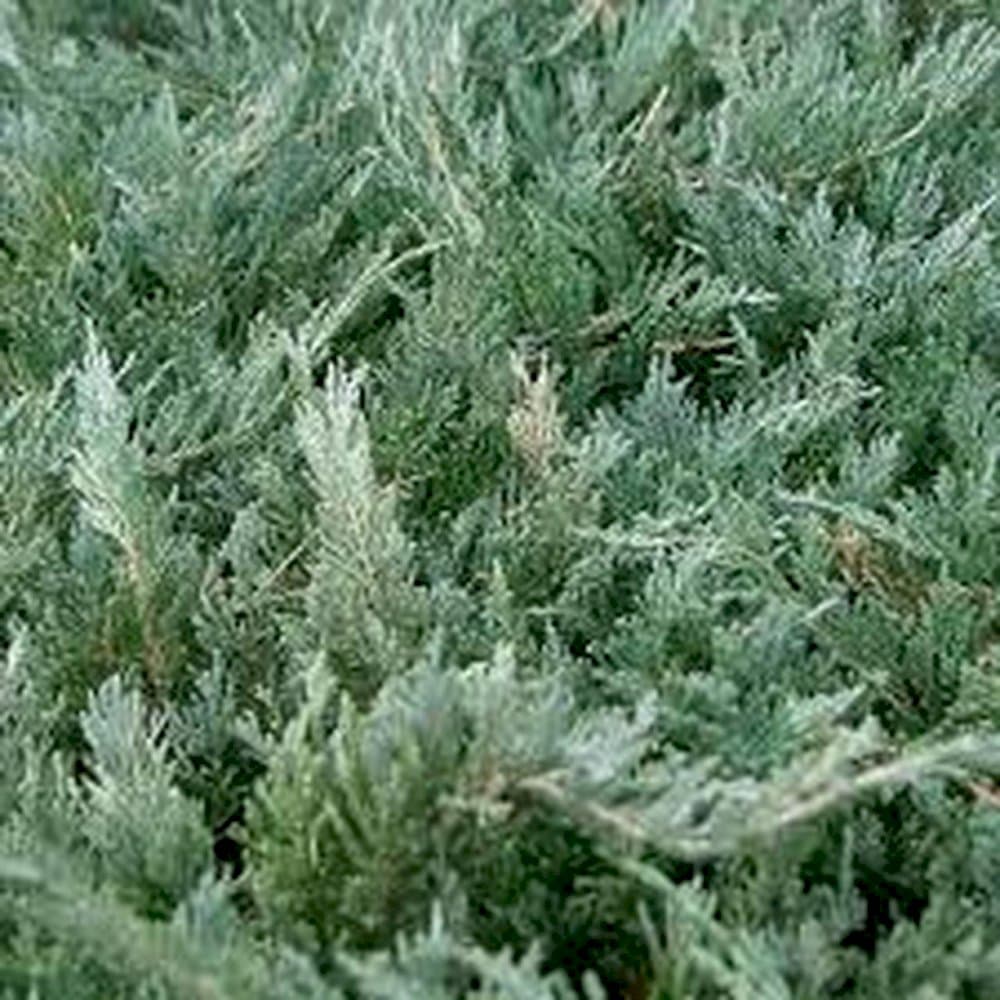
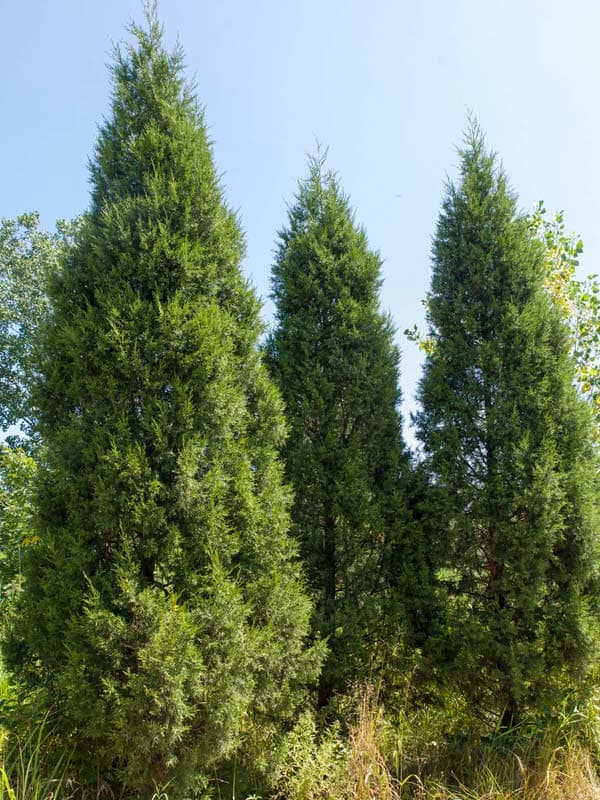
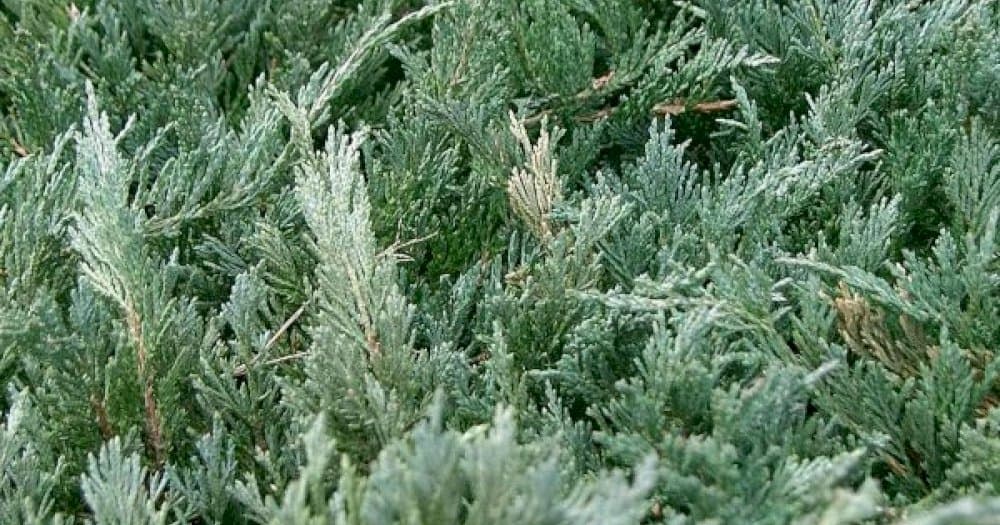
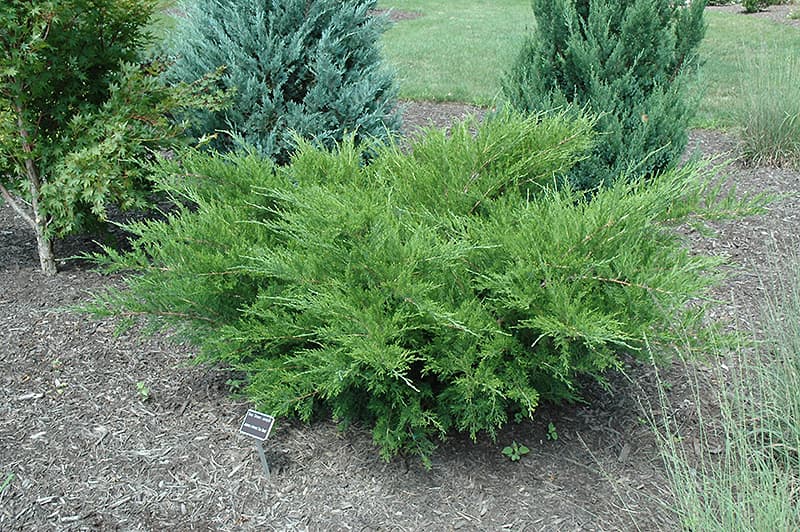
ABOUT
The Juniperus chinensis 'Pyramidalis', commonly known as the Chinese Juniper, is a distinctive evergreen shrub with a strikingly narrow, conical shape that resembles a pyramid. Its foliage is dense and compact, offering a rich texture to garden landscapes. The leaves of the Chinese Juniper are needle-like with a sharp point and can have a bluish-green to dark green hue, contributing to a lush appearance throughout the year. This plant bears its leaves in whorls of three, which are often tightly pressed against the branches, giving the branches a somewhat flattened look. Younger leaves tend to be softer and more needle-like, whereas older foliage may be more scale-like and closely hugging the stem. As the Chinese Juniper matures, the foliage becomes more dense and can create an almost impenetrable mass. The bark of the Chinese Juniper is typically grayish-brown, which may exfoliate in thin strips on mature specimens, adding to the overall textural interest of the plant. If correctly cared for, the plant can also produce berry-like cones, which are actually rounded and fleshy seed cones that often have a waxy, bluish-white coating giving them a frosted look. In the landscape, the Chinese Juniper 'Pyramidalis' stands out for its unique shape and lush, evergreen foliage. It is often used for vertical accents in garden design, as hedges or privacy screens, and can also be found in container gardening, where its form and structure create a dramatic effect. The plant's dense growth and rich coloration make it a visually pleasing choice for year-round greenery.
About this plant
 Names
NamesFamily
Cupressaceae
Synonyms
Chinese Juniper, Pyramidal Chinese Juniper
Common names
Juniperus chinensis 'Pyramidalis'.
 Toxicity
ToxicityTo humans
The Chinese juniper has certain parts that can be toxic to humans if ingested. While the berries or seed cones are sometimes used in flavorings or traditional medicine, ingestion of other parts of the plant, especially in large quantities, can cause gastrointestinal irritation and discomfort. Symptoms might include nausea, vomiting, diarrhea, or abdominal pain. Always exercise caution and make sure any plant parts are safe to consume before ingestion.
To pets
The Chinese juniper can be poisonous to pets if they ingest parts of the plant. Similar to humans, consuming leaves, stems, or larger amounts of the plant can lead to gastrointestinal irritation and distress. Symptoms of poisoning in pets might include vomiting, diarrhea, and abdominal pain. It is essential to prevent pets from chewing on the plant to avoid negative health consequences.
 Characteristics
CharacteristicsLife cycle
Perennials
Foliage type
Evergreen
Color of leaves
Green
Height
10-15 feet (3-4.6 meters)
Spread
3-4 feet (0.9-1.2 meters)
Plant type
Shrub
Hardiness zones
4-9
Native area
China
Benefits
 General Benefits
General Benefits- Drought Tolerance: Juniperus chinensis 'Pyramidalis', commonly known as the Chinese juniper, can survive with minimal water, making it suitable for xeriscaping.
- Low Maintenance: Chinese junipers require little care once established, reducing the need for frequent pruning or fertilization.
- Erosion Control: The root system of the Chinese juniper helps prevent soil erosion, especially on slopes or in areas prone to degradation.
- Wildlife Habitat: This plant provides shelter and nesting sites for birds and other wildlife within its dense foliage.
- Year-Round Interest: With its evergreen needles, the Chinese juniper offers aesthetic appeal throughout all seasons.
- Windbreak: Can be used as a natural wind barrier, offering protection for gardens and landscapes.
- Privacy Screen: Grows tall and dense, which makes it effective as a living privacy screen.
 Medical Properties
Medical PropertiesThis plant is not used for medical purposes.
 Air-purifying Qualities
Air-purifying QualitiesThis plant is not specifically known for air purifying qualities.
 Other Uses
Other Uses- The Chinese juniper's dense foliage can provide a secure nesting site for birds, offering shelter and protection.
- Wood from the Chinese juniper can be used in woodworking to create small decorative objects, as it is durable and can have beautiful grain patterns.
- The aromatic wood chips of the Chinese juniper are excellent for use as mulch in garden beds, helping to retain soil moisture and suppress weeds.
- Because of its evergreen nature, the Chinese juniper can be used in festive decorations, such as wreaths and garlands during the holiday season.
- Trimmed clippings of the Chinese juniper can be used as a natural potpourri due to their pleasant scent.
- The branches of the Chinese juniper are sometimes used in floral arrangements for their texture and rich green color.
- Chinese juniper's wood is sometimes used for making durable outdoor furniture, due to its resistance to decay and insects.
- In bonsai culture, the Chinese juniper is highly valued for its ability to be shaped and for its longevity.
- The dense growth of the Chinese juniper can act as a sound barrier, making it useful for planting along roads or between properties.
- Chinese juniper can sometimes be used in perfumery for its crisp, woody scent.
Interesting Facts
 Feng Shui
Feng ShuiThe Chinese juniper is not used in Feng Shui practice.
 Zodiac Sign Compitability
Zodiac Sign CompitabilityThe Chinese juniper is not used in astrology practice.
 Plant Symbolism
Plant Symbolism- Protection: Juniper has been used for centuries to ward off evil spirits and to cleanse and protect spaces physically and spiritually.
- Healing: Known for its medicinal properties, juniper is a symbol of healing and a reminder of the plant's use in traditional medicine to treat various ailments.
- Purity: The clean, sharp scent of juniper is associated with purification rituals, symbolizing the removal of negative energies and promoting a clean start.
- Longevity: Junipers are evergreen and can live for a very long time, embodying the concept of enduring life and eternal youth.
 Water
WaterThe Chinese Juniper 'Pyramidalis' prefers moderate watering, with thorough irrigations followed by periods which allow the soil to dry slightly between waterings. During the active growing season in spring and summer, water the plant once a week with approximately 1 to 1.5 gallons depending on the size of the plant and the weather conditions. In the fall and winter, reduce watering to every 2 to 3 weeks or even less if it receives significant rainfall, as the plant is more dormant and requires less moisture. It's important to avoid overwatering, which can lead to root rot, especially in heavy clay soils.
 Light
LightThe Chinese Juniper 'Pyramidalis' thrives in full sunlight, requiring at least 6 hours of direct sun each day to maintain health and vigor. It will do well in an open, sunny location where it can receive unfiltered light throughout the day. While it can tolerate partial shade, too much shade will lead to sparse foliage and a less vigorous plant.
 Temperature
TemperatureThe Chinese Juniper 'Pyramidalis' is hardy and can tolerate a range of temperatures, ideally growing in zones with temperatures ranging between -20 to 100 degrees Fahrenheit. It prefers cooler temperatures, but it can withstand brief periods of extreme cold down to -30 degrees Fahrenheit and high temperatures as long as it's well-watered during dry, hot spells. However, it grows best in temperatures between 50 and 70 degrees Fahrenheit.
 Pruning
PruningPruning the Chinese Juniper 'Pyramidalis' is essential to maintain its shape and to remove any dead or diseased branches. It's best to prune in late winter or early spring before new growth begins. Pruning can be done annually, focusing on light thinning to preserve the natural pyramidal form and encourage airflow within the foliage. Heavy pruning should be avoided, as junipers do not respond well to cutting into old, non-greenwood.
 Cleaning
CleaningAs needed
 Soil
SoilChinese Juniper 'Pyramidalis' thrives best in well-drained soil with a pH range of 5.5 to 7.0. An ideal soil mix consists of equal parts of loam, peat, and sharp sand to ensure good drainage and aeration. It is essential that the soil does not retain excess water to prevent root rot.
 Repotting
RepottingChinese Juniper 'Pyramidalis' should be repotted every 2 to 3 years. Choose a pot that is slightly larger than the current one to provide room for root growth. Repotting is best done in spring, just before active growth begins.
 Humidity & Misting
Humidity & MistingChinese Juniper 'Pyramidalis' is tolerant of dry to moderate humidity levels and can adapt to the typical outdoor humidity in most climates. It does not require high humidity and is well-suited to arid and semi-arid regions.
 Suitable locations
Suitable locationsIndoor
Keep in bright light, well-drained soil; water sparingly.
Outdoor
Needs full sun, well-drained soil; tolerate drought.
Hardiness zone
4-9 USDA
 Life cycle
Life cycleThe Chinese juniper 'Pyramidalis', begins its life as a seed, which after stratification—exposure to cold temperatures—will germinate and sprout a root system and a shoot. During the seedling stage, the plant develops true leaves and a woody stem indicative of a juvenile conifer, initiating photosynthesis and growth. As it enters the sapling stage, 'Pyramidalis' grows taller and starts to develop its characteristic pyramidal shape with dense, scale-like foliage. Reaching maturity after several years, it may produce small cones—female seed cones and smaller male pollen cones—thus becoming capable of sexual reproduction. Over many years, the mature 'Pyramidalis' will continue to grow slowly but steadily, potentially reaching heights of 3-4 meters with a broad base. In its final stage, the plant will decline, with reduced growth and cone production until it eventually dies, completing its life cycle.
 Propogation
PropogationPropogation time
Late Winter to Early Spring
Propogation: The Chinese juniper 'Pyramidalis' is most commonly propagated by semi-hardwood cuttings. This method is best performed in the late summer when the new growth has begun to mature and harden slightly. Cuttings should be about 4 to 6 inches (10 to 15 centimeters) long and taken from a healthy parent plant. It's crucial to remove the lower one-third to one-half of the foliage to reduce moisture loss and to dip the cut end into a rooting hormone to enhance root development. The prepared cutting should then be placed in a well-draining rooting medium, such as a mix of peat and perlite, and kept under high humidity and indirect light until roots have developed, which typically takes several weeks to a few months.

